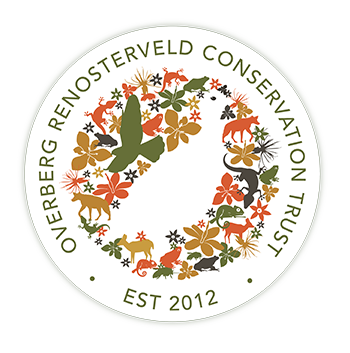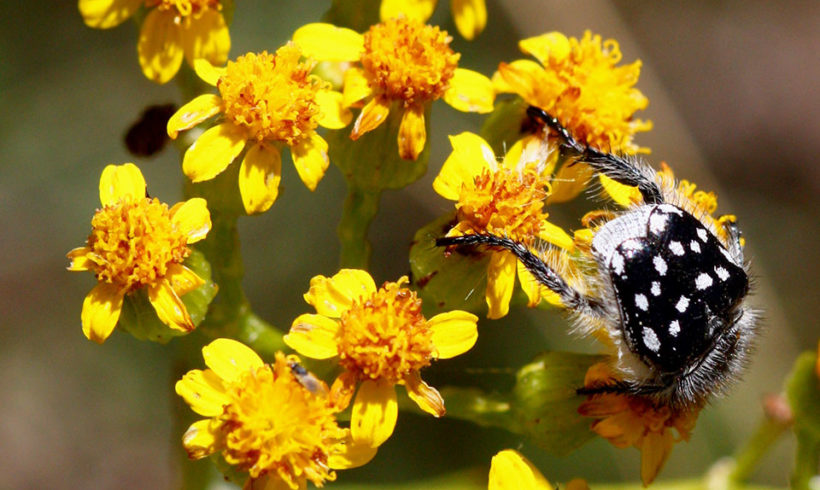Spring in the Overberg: A honey bee buzzes lazily over a field of yellow Canola while in the adjacent Renosterveld a butterfly flits gracefully through the warm air searching for a mate.
Archive for category: Renosterveld Articles

Rodents of the Renosterveld: A Research Update
One of the key aims at the heart of the Overberg Renosterveld Conservation Trust has always been the pursuit of greater knowledge about this Critically Endangered, little known and highly misunderstood vegetation type.
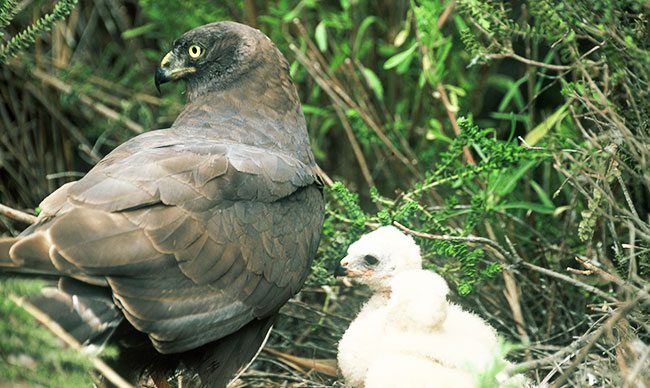
Taking Flight: Black Harriers, Renosterveld and the Overberg Lowlands Conservation Trust
The Black Harrier is one of Southern Africa’s most beautiful and charismatic birds of prey. It a graceful, medium sized charcoal-coloured bird with striking white markings, piercing yellow eyes and a long barred tail.
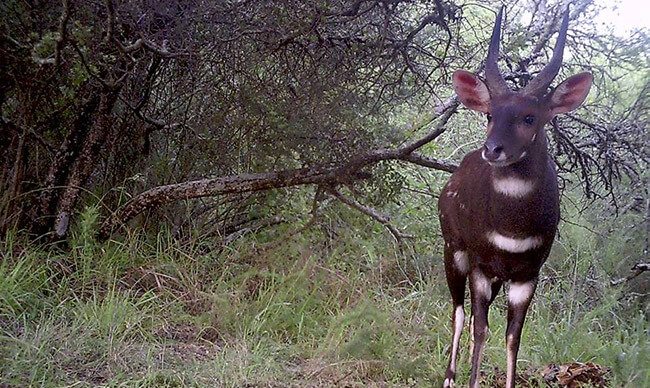
Watercourse Restoration Project is in full swing
The Watercourse Restoration Project is in full swing with surveys of priority watercourses within the Overberg wheatbelt. Spectacular renosterveld remnants have been incredibly productive with...

Restoring the Overberg’s Watercourses: Beginnings of a New Project
Spring has sprung in the Overberg. The weather is growing warmer, plants are flowering in the Renosterveld and humming with a diversity of insect pollinators...
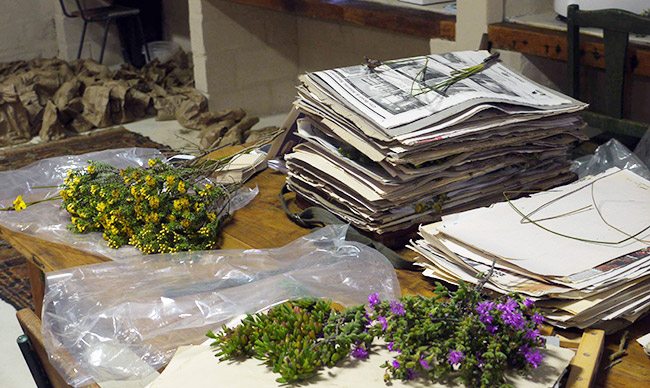
Conserving the Overberg’s Renosterveld: A new partnership with the Millennium Seed Bank
Renosterveld is one of the world’s most species diverse Mediterranean type shrublands. It is also one of the world’s most threatened ecosystems.

Characterising native palatable legume and non-legume species in the rangelands of the Overberg
The landscapes of South Africa’s Overberg region are characterised by rolling hills (known as the Ruggens or Rûens) comprising a mix of both ...
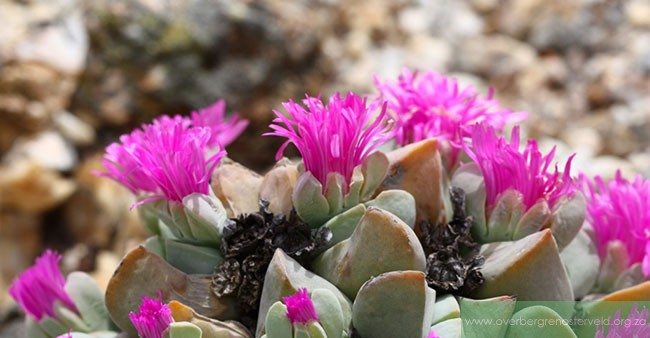
Education, ecology and endemism
South Africa’s renosterveld is one of the country’s most under-researched vegetation types. There are still many secrets yet to ...
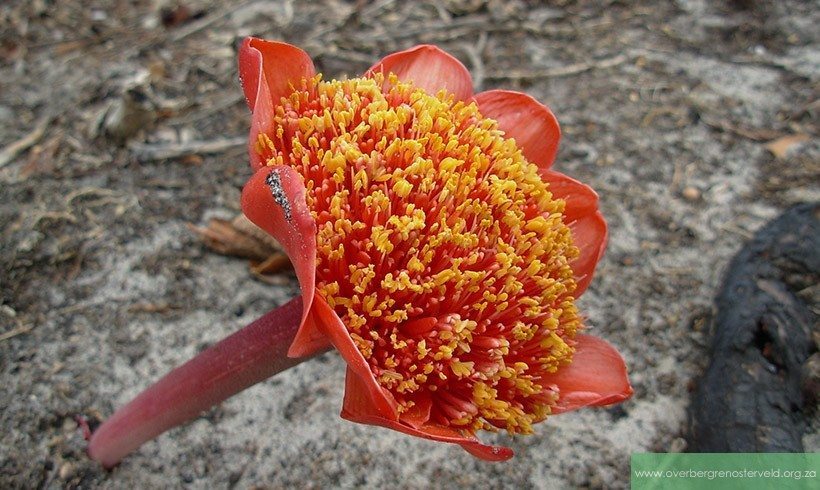
Autumn Bulbs in Overberg Renosterveld
Autumn has arrived in the Overberg. The nights are drawing in and becoming cooler and planting season is well underway for the farmers.
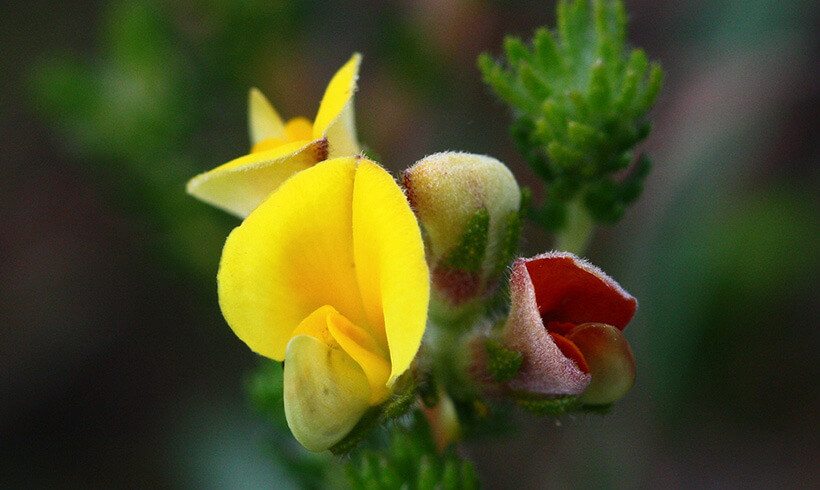
South African Journal of Botany
Quartz fields are islands of distinct vegetation in southern Africa. Such habitats differ from surrounding shale substrate in geomorphological and climatic attributes, and are dominated by a predominantly succulent flora with between 14% and 91% endemism. Previous studies have identified and surveyed quartz fields within the Succulent Karoo biome, but little is known about the Overberg quartz–silcrete fields located in the Renosterveld vegetation (Fynbos biome).
